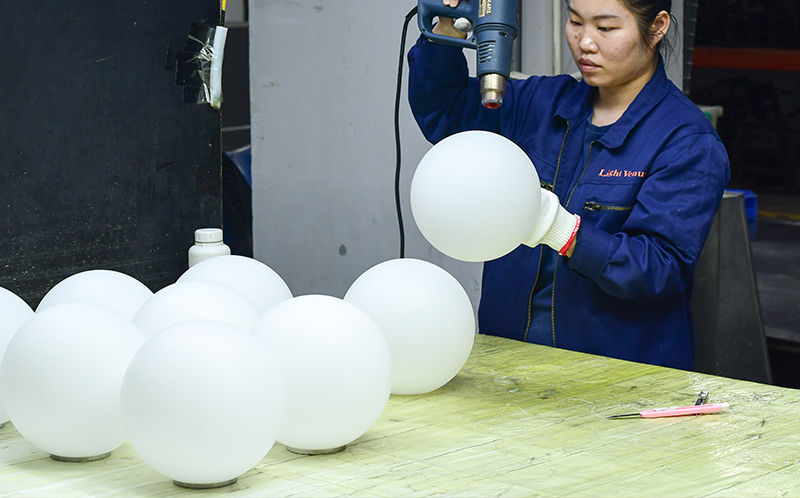What is the Total Quality Control in Rotational Molding at Light Venus?
 Feb 10,2024
Feb 10,2024

What is the Total Quality Control in Rotational Molding at Light Venus?
Total quality control system helps improve efficiency, reduce waste, and maintain consistent product quality, meet customer expectations, and comply with industry standards and regulations. Below is the key aspects of total quality control in rotational molding at Light Venus.

1. Mold Design and Tooling
Quality control in rotational molding begins with the design and construction of the mold. The mold should be precision-machined to ensure accurate product dimensions and smooth surfaces. It is essential to consider factors such as material flow, cooling channels, and venting during the mold design phase. Properly designed molds help prevent defects and ensure consistent product quality.
2. Material Selection and Handling
The choice of material significantly impacts the quality of rotomolded products. It is crucial to select a material that meets the product's performance requirements, such as durability, chemical resistance, and UV stability. Additionally, proper handling and storage of the material are essential to prevent contamination and ensure material integrity.
3. Heating and Cooling Parameters
Controlling the heating and cooling cycles is critical in rotational molding. The oven temperature, rotation speed, and cooling time must be carefully controlled to achieve optimal material properties and product quality. Consistent heating and cooling parameters result in uniform wall thickness and minimize the risk of warping or distortion.
4. In-process Inspection
Regular in-process inspections are essential to identify and address any issues early in the manufacturing process. Inspectors should visually examine the product during various stages, such as pre-heating, molding, and cooling. They should look for defects, such as burns, blisters, or incomplete fusion, and make necessary adjustments to the process parameters.
5. Dimensional Inspection
After the product is removed from the mold, it should undergo a dimensional inspection to ensure it meets the specified dimensions and tolerances. This can be done using calipers, micrometers, or coordinate measuring machines (CMMs). Dimensional inspection helps guarantee that the product will fit and function correctly in its intended application.
6. Material Testing
Material testing is crucial to verify the physical and mechanical properties of the rotomolded product. Common tests include tensile testing, impact testing, hardness testing, and chemical resistance testing. These tests help ensure that the product will perform as expected under various conditions and environments.
7. Leak Testing
For products that must be watertight or leak-proof, such as tanks or containers, leak testing is essential. Methods such as pressure testing, vacuum testing, or immersion testing can be used to detect any leaks. Ensuring the product's integrity is crucial for its performance and reliability.
8. Final Inspection and Testing
Before shipping the product to the customer, a final inspection and testing should be conducted. This includes a thorough visual examination, functional testing, and any other specific tests relevant to the product's application. Any non-conforming products should be identified, documented, and either reworked or rejected.
9. Continuous Improvement
To achieve and maintain high-quality standards, it is essential to embrace a culture of continuous improvement. Manufacturers should regularly review their processes, train their employees, and invest in new technologies or equipment to enhance product quality.
By implementing total quality control system, Light Venus is able to ensure that custom rotomolded products meet the highest quality standards.
 Tel: 0086-13632687993
Tel: 0086-13632687993  Email: roto@lightvenus.com
Email: roto@lightvenus.com

 Home
Home Custom Rotational Molding Services for Plastic Toys and Playground Equipment
Custom Rotational Molding Services for Plastic Toys and Playground Equipment  You May Also Like
You May Also Like



 Tel
Tel
 Email
Email
 Address
Address








